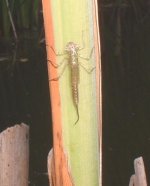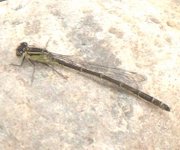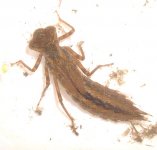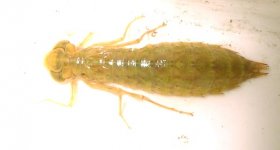Surreybirder
Ken Noble
Very nice shot, Steve.
I see that the scientific name is
Enallagma carunculatum. Although it looks similar in colour to azure damselfly it is a member of the same genus as our common blue damselfly, E cyathigerum. The genus as a whole is poorly represented in the Western Palearctic. The only other member being E deserti (sometimes called the desert blue damselfly--and, not surprisingly, not found in the UK).
I've never tried netting an odo. I have handled a couple I've tried to rescue but don't have the nerve to wield a net in public places (and all the ponds round where I live are very public)!
Ken
I see that the scientific name is
Enallagma carunculatum. Although it looks similar in colour to azure damselfly it is a member of the same genus as our common blue damselfly, E cyathigerum. The genus as a whole is poorly represented in the Western Palearctic. The only other member being E deserti (sometimes called the desert blue damselfly--and, not surprisingly, not found in the UK).
I've never tried netting an odo. I have handled a couple I've tried to rescue but don't have the nerve to wield a net in public places (and all the ponds round where I live are very public)!
Ken




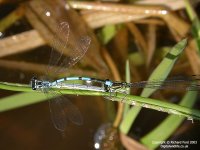
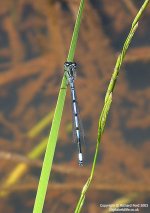

![immature male emperor [anax imperator] on fly orchid 2 - homefield wood.jpg](/data/attachments/7/7511-5115f6a5b2d1187d5ca8a574df388e6e.jpg)
